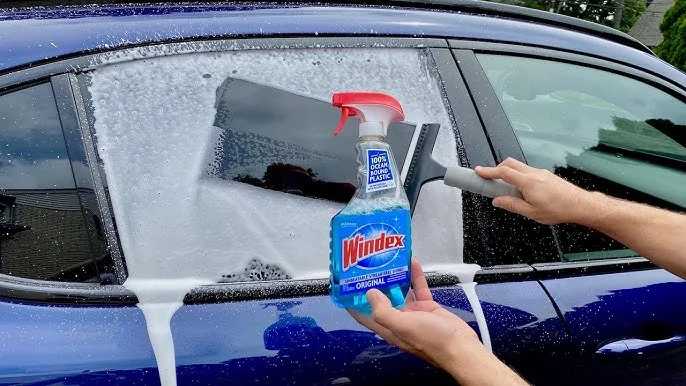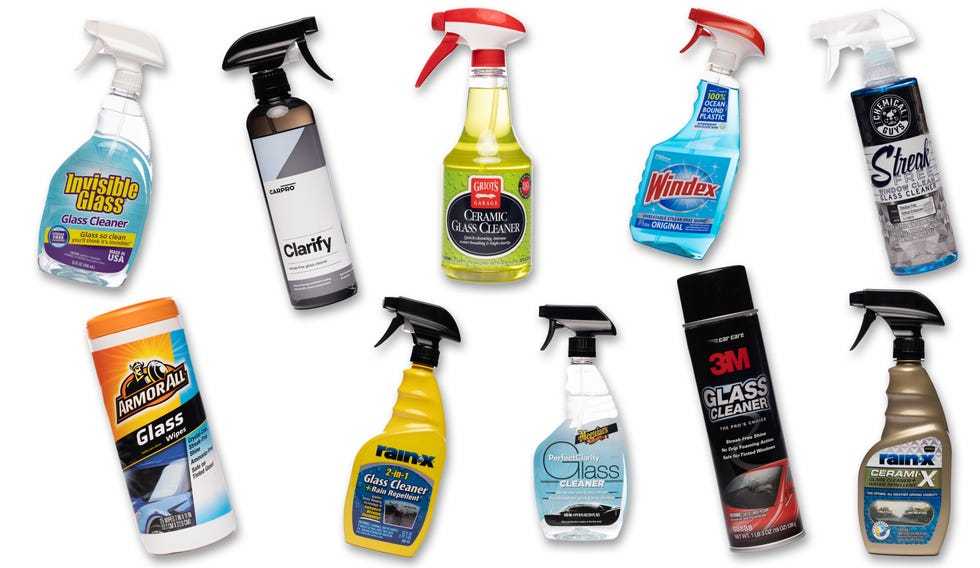To quickly identify laminated glass in a car, look for a thicker glass with a visible plastic layer inside or a characteristic sound when tapped. You can also check for safety markings or try to peel or scratch the glass gently—laminated glass tends to resist these tests more than regular glass. Essentially, laminated glass often appears as a multi-layer structure, and its unique properties make it distinguishable from unlaminated safety glass.
Laminated glass is designed for safety and sound insulation, and identifying it can be quite straightforward if you know what to look for. The best ways to tell include inspecting the glass’s appearance, listening for a specific sound when tapping, or checking for safety markings on the edges. Knowing how to recognize laminated glass can be useful for maintenance, repairs, or even when buying a used vehicle. It’s a simple skill that ensures you understand the safety features of your car better.
How to Identify Laminated Glass in a Car
Understanding Laminated Glass
Laminated glass is made by bonding two or more layers of glass with a durable plastic layer, usually polyvinyl butyral (PVB). This construction makes the glass safer because it holds together when shattered, preventing dangerous flying shards. Knowing how to identify laminated glass can help you recognize its presence in your vehicle or when inspecting a used car.
Visual Inspection of the Glass
One straightforward way to identify laminated glass is through visual cues. Laminated glass often looks slightly different than regular glass, especially at the edges. The plastic interlayer can sometimes be visible as a thin, transparent line or layer when viewed closely.
Edge Inspection
Focus on the edges of the window or windshield. Laminated glass typically exhibits a *slightly thicker edge* due to the plastic interlayer. Sometimes, the edge appears frosted or cloudy, which is a sign of laminated construction.
Color and Clarity
Laminated glass often has a *slight tint or haze*, especially in the sunlight. The plastic layer can cause a faint change in color or reduce clarity compared to regular, annealed glass. When held up to the light, it might appear more opaque or dull.
Conducting a Sound Test
Tapping the glass gently with a small object, such as a key or nail, can provide clues. Laminated glass usually produces a *deeper, duller sound*, whereas standard glass tends to be clearer and produces a higher-pitched ring.
Performing a Safety Film Test
Since laminated glass contains the plastic interlayer, it reacts differently when broken. However, this test is more invasive and not generally recommended unless you are replacing or inspecting the glass intentionally.
Step-by-step Safe Method
Carefully tap or gently press on the glass to see if it cracks or remains intact. Laminated glass often holds together longer when fractured, which is a sign of its laminated construction.
Using a UV Light or Sunlight Examination
Under UV light or bright sunlight, laminated glass may exhibit unique properties. The plastic layer can fluoresce faintly or influence how UV rays pass through.
Sunlight Reflection and Shadow
Observe how the glass reflects light. Laminated glass sometimes *creates distinctive reflections*, appearing darker or more tinted than ordinary glass. Also, check for any *shadow lines* or discrepancies when viewing the glass against different backgrounds.
Check for Markings and Labels
Many windshields and windows have *manufacturer markings or stickers* indicating whether the glass is laminated or tempered.
Common Markings to Look For
– The word “Laminated” is often printed along the edge.
– Symbols or codes indicating the glass type and manufacturer.
– Certification marks such as the E-mark or DOT symbol.
Consulting Vehicle Documentation and Exterior Features
Vehicle manufacturer’s specifications usually specify the type of glass used in different parts of the car.
OEM Specifications
Review the owner’s manual or vehicle specifications sheet. It often mentions whether the windshield or side windows are laminated or tempered.
Design Features and Placement
Most vehicles use laminated glass for the windshield for safety reasons, while side and rear windows are often tempered glass. Recognizing these typical placements can help you identify laminated glass easily.
Using Technology and Professional Inspection
For a definitive identification, professional tools or expert inspection may be necessary.
Non-Destructive Testing
Specialized devices such as ultrasonic testers or infrared cameras can detect the plastic interlayer without damaging the glass. These tools are usually used by professionals or auto glass specialists.
Professional Inspection Services
Auto repair shops or glass specialists can quickly identify the glass type during an inspection using advanced testing methods. They can also verify the presence of laminated construction through visual and technical tests.
Summary of Key Identification Features
- Slightly thicker or frosted edges
- Faint tint or haze when viewing in sunlight
- Deeper sound when tapped
- Distinct reflections or shadow lines
- Manufacturer markings indicating laminated glass
- Placement in the vehicle (windshield vs. side windows)
Related Topics for Further Understanding
- Differences between laminated and tempered glass
- Safety benefits of laminated glass
- How to replace laminated glass in cars
- Regulations and standards for automotive glass
Identifying laminated glass in a vehicle requires attention to detail and some basic testing. Using a combination of visual, auditory, and inspection techniques will give you the best results. Remember that laminated glass plays a vital role in vehicle safety, so recognizing it can also help you make informed decisions about your car’s safety features and maintenance.
How to tell if your car has laminated glass!
Frequently Asked Questions
What visual clues indicate that a car window is laminated glass?
Laminated glass often exhibits a slightly cloudy or hazy appearance when viewed from the outside, especially if it has a tinted layer. The glass may also show a subtle color tint, such as a slight greenish or brownish hue, which is characteristic of laminated safety glass. Additionally, when you look closely, you may notice a multiple-layer structure through a light source or if the glass is scratched or chipped, revealing the layers underneath.
How can you perform a simple test to identify laminated glass in a vehicle?
Press gently against the glass with your fingertip; laminated glass tends to feel more solid and less flexible than tempered glass. Alternatively, try to insert a thin piece of paper or a business card between the glass and the frame; laminated glass often holds the paper in place due to its thicker, layered structure. Also, if you tap on the glass, it produces a duller, less ringing sound compared to the clearer sound of tempered glass.
Are there any specific markers or labels on laminated glass that confirm its type?
Many laminated car windows feature a small, printed mark or label in the corner or near the edge, indicating that the glass is laminated safety glass. Look for markings such as “LAM” or “Laminated” printed directly on the glass or its edge. These labels are often accompanied by numbers or symbols from the manufacturer confirming the glass’s safety standards compliance.
What differences in weight can help you identify laminated glass in a vehicle?
Laminated glass generally feels heavier than standard tempered glass of the same size due to its multiple-layer construction. If you compare the weight of two similar-sized windows, the laminated one will likely feel more substantial. This difference can be a useful indicator when trying to determine the type of glass present in a particular window.
Does the method of cracking or breaking reveal whether the glass is laminated?
Yes, laminated glass tends to crack differently than tempered glass. When it breaks, laminated glass often shatters into many small, rounded fragments that stay attached to the underlying layer, preventing dangerous shards from falling out. Tempered glass, on the other hand, shatters into many sharp, jagged pieces that scatter widely. Observing how the glass fractures during impact can help identify it as laminated or not.
Final Thoughts
Laminated glass in a car is distinguished by its ability to stay intact during impact. You can often see a thin plastic layer between the glass panes, which prevents shattering into dangerous fragments.
To identify laminated glass, check for a slight dark line along the edges of the window, especially in sunlight. Also, try pressing gently on the glass; if it flexes slightly and remains intact, it’s likely laminated.
In conclusion, how to identify laminated glass in a car involves inspecting for the plastic layer and edge features. These simple tests provide a quick way to distinguish it from other types of automotive glass.



